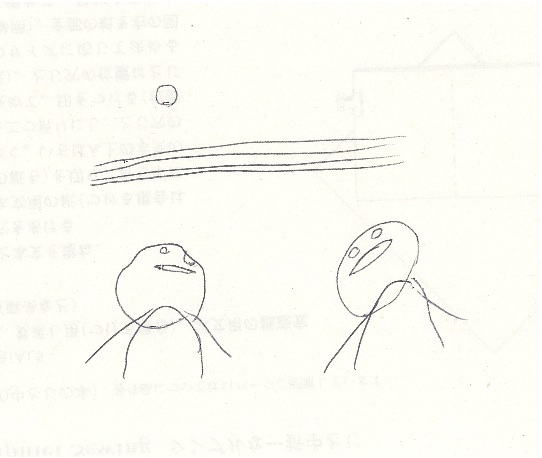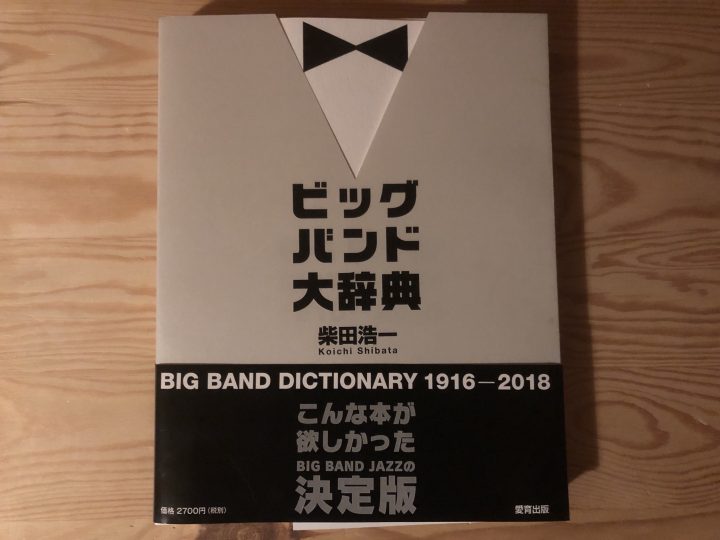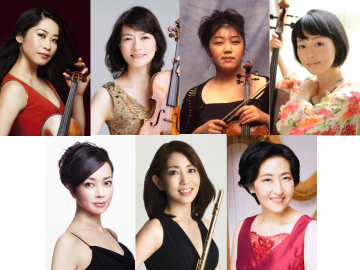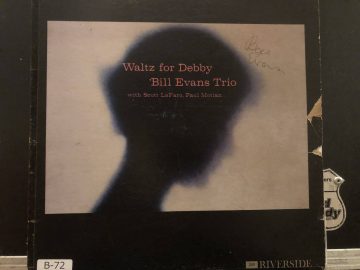Captivated by the serial one-shot column " " / Part 4: Captivated by Katsushi Nakagawa's "Generative Music"

Today let me introduce you to something called generative music.
Generative music is music that is created automatically.
What does this mean?
1.
Music is something to be made, performed, listened to, sold, or bought, or it can be something to be deeply savored, casually listened to, or academically analyzed.
It is difficult to define what music is in a single word, but if you stick to a loose explanation such as "music is a series of sounds," it is useful because it can handle various rare cases. Music does not necessarily have to have lyrics or a melody, and it does not have to be something that someone created from scratch. There is Beethoven's music, there is Akimoto Yasushi's music, the traditional Korean percussion art of Nongak is music, the music of street performers is interesting, architecture may be frozen music , all art may aspire to the state of music , there is music that makes no sound, this sound of rain is gentle music, and the humming of a drunk old man can sometimes touch your heart. It is useful in many ways to say that if sounds are connected, it is music.
2.
So, what is generative music? It is music that generates itself. In other words, it is not a sequence of sounds that is created under human control, but rather a sequence of sounds that is generated (to a certain extent) away from human hands. You could say that generative music is something that is generated on its own, like spring water. Generative music is like spring water in that it is not managed like tap water, but flows naturally and on its own, and while the flow of sounds is generally set, it changes little by little.
Of course, it's a wonderful experience to listen to sounds that musicians have painstakingly created, but it's also quite interesting to listen to sounds that move around on their own, free from human hands. It's not necessarily the case that "unorganized sounds are bound to be chaotic and boring," and it gives me a sense of "freedom." That's why I've been fascinated by generative music for a long time.
3.
When a series of sounds is generated outside of human hands, for example, wind chimes, the sound of the wind, and the sound of waves are generative music. Perhaps the sound of the washing machine that is washing the laundry right now next to my room is also generative music. But in most cases, we don't call it music. We don't listen to it very closely because it's not music. But when we call such a series of sounds "generative music," we feel like listening to it. Something with a name somehow seems like a full-fledged thing. That's how it is. And it's quite interesting to listen to such a series of sounds that move around on their own. In other words, generative music is something that exists all over the world, but we have to find it. You could say that it's quite a lot of work.
There are many ways to make generative music easier to find, such as (1) putting cold rice into a can boiled on the stove to create a resonant sound, (2) building an electronic circuit to summon a world of chaos, (3) building an organ out of vinyl strings, (4) stretching wires in a room to resonate with the vibrations of the room, (5) taking a train for a picnic in the mountains, etc.
(1) Naku Kama
This is the sound that rice makes after being thrown into this can. This experiment does not use a kettle, though.
(2) Chua Circuit
Chaos is occurring.
(3) Aeolian Harp
The organ is the Aeolian harp. This is a workshop by Koichiro Sugiyama .
(4) Music of the Long Wires
The installation looks like this.
(5) Prepared Train
It was a fun train journey on the Tarumi Railway from Ogaki to Gifu.
Others create feedback circuits using magnetic tape loops , while others take records apart and reassemble them into a single record .
Well, there are many different kinds of generative music.
Four.
Now that I've told you that this kind of music exists, let me promote it.
From March 14th (Sat) to 18th (Wed), 2015, Sakura WORKS in Kannai will be holding an exhibition called "Generative Music WS Exhibition". This is an exhibition by a duo called "Generative Music Workshop", and it will feature some generative music. On the 15th (Sun), there will be an Aeolian harp making workshop, a talk session, and performances by Kanta Horio, Koichiro Sugiyama , and Chihiro Oyama (IAMAS).
Please refer to this website for more information.
So, please come and see the generative music created by the "Generative Music Workshop."
There, a series of sounds emerges spontaneously, with a little help from the "Generative Music Workshop."
Please come and experience the feeling that "oh, so that's what it's like."
Katsushi Nakagawa
I am a researcher. I am researching contemporary art, sound art, and acoustic media theory. I am also investigating the history of the development of "sound art" in Japan. I am co-authoring a book called "History of Acoustic Media" (Nakanishiya Publishing) and it will be released soon. I also play in a band .
I'm slowly working in a different direction, but for now I'm hard at work preparing for the Generative Music Workshop Exhibition (Kannai Sakurawroks) in March.
http://after34.blogspot.jp
http://hs.ynu.ac.jp/staff/nakagawa_katsushi/



